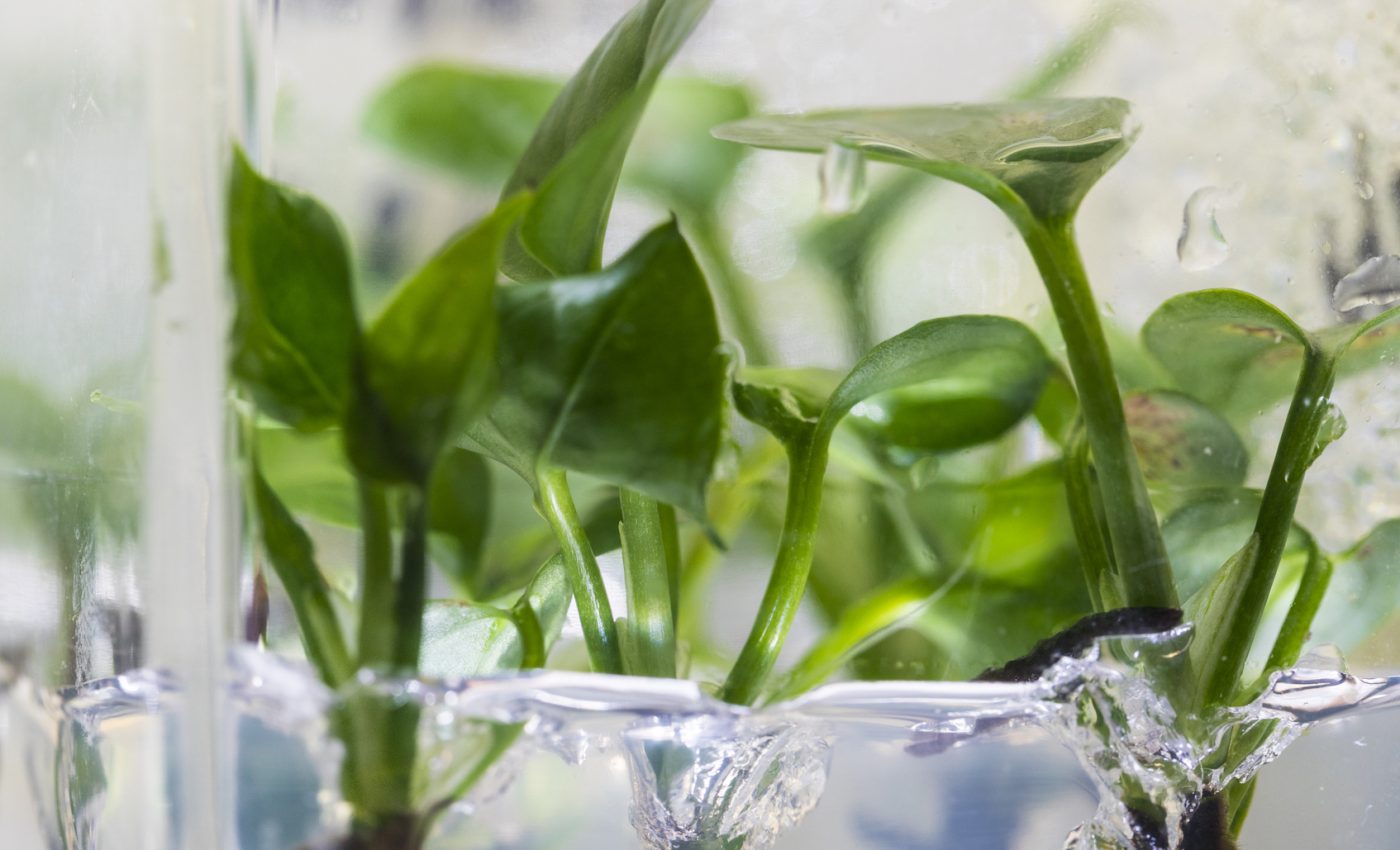
Scientists have created a plant that can detoxify your home’s air
Researchers at the University of Washington have genetically modified a common houseplant to remove chloroform and benzene from the surrounding air. The plants have been engineered to express a protein that is capable of transforming these hazardous compounds into molecules that the plants can use to support their own growth.
Chloroform and benzene are potentially harmful substances that are commonly found in homes, and these molecules are too small to trap with air filters.
“People haven’t really been talking about these hazardous organic compounds in homes, and I think that’s because we couldn’t do anything about them,” said senior author Professor Stuart Strand. “Now we’ve engineered houseplants to remove these pollutants for us.”
The team wanted to test a protein called cytochrome P450 2E1, which is present in the human liver and in all other mammals. Inside of our bodies, 2E1 converts benzene into a chemical called phenol and turns chloroform into carbon dioxide and chloride ions.
“We decided we should have this reaction occur outside of the body in a plant, an example of the ‘green liver’ concept,” said Professor Strand. “And 2E1 can be beneficial for the plant, too. Plants use carbon dioxide and chloride ions to make their food, and they use phenol to help make components of their cell walls.”
The researchers developed a synthetic version of the gene that regulates the form of 2E1 found in rabbits. They distributed it throughout the common houseplant pothos ivy so that each cell in the plant expressed the protein.
“This whole process took more than two years,” said study lead author Long Zhang, who is a research scientist in the UW Civil and Environmental Engineering Department. “That is a long time, compared to other lab plants, which might only take a few months. But we wanted to do this in pothos because it’s a robust houseplant that grows well under all sort of conditions.”
To test the detoxifying capacity of their modified plants, the team put the plants alongside regular pothos ivy in test tubes and then added either benzene or chloroform gas to each tube. The researchers then monitored the concentration of the pollutants in the tubes for 11 days.
Among the regular plants, the concentrations of benzene and chloroform did not change over time. For the modified plants, however, the concentration of chloroform dropped by 82 percent after three days, and it was almost undetectable after six days. By day eight, the benzene concentration had dropped by around 75 percent.
According to Professor Strand, the purifying plants will work best in the home if they are paired with something to move the air around like a fan.
“If you had a plant growing in the corner of a room, it will have some effect in that room,” he said. “But without air flow, it will take a long time for a molecule on the other end of the house to reach the plant.”
The team is now enhancing the plants’ capabilities by adding a protein that can break down formaldehyde, which is another hazardous molecule found in the home.
“These are all stable compounds, so it’s really hard to get rid of them,” said Professor Strand. “Without proteins to break down these molecules, we’d have to use high-energy processes to do it. It’s so much simpler and more sustainable to put these proteins all together in a houseplant.”
The study is published in the journal Environmental Science and Technology.
—
By Chrissy Sexton, Earth.com Staff Writer
Image Credit: Mark Stone/University of Washington













